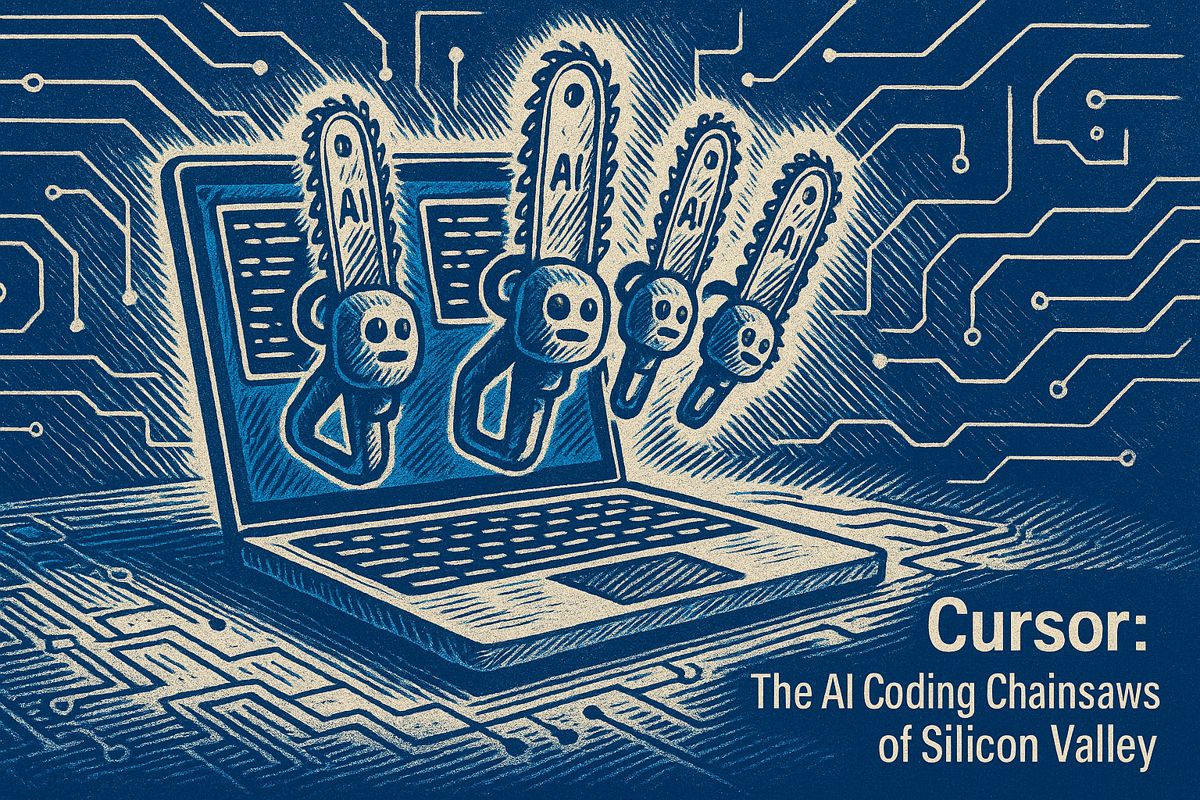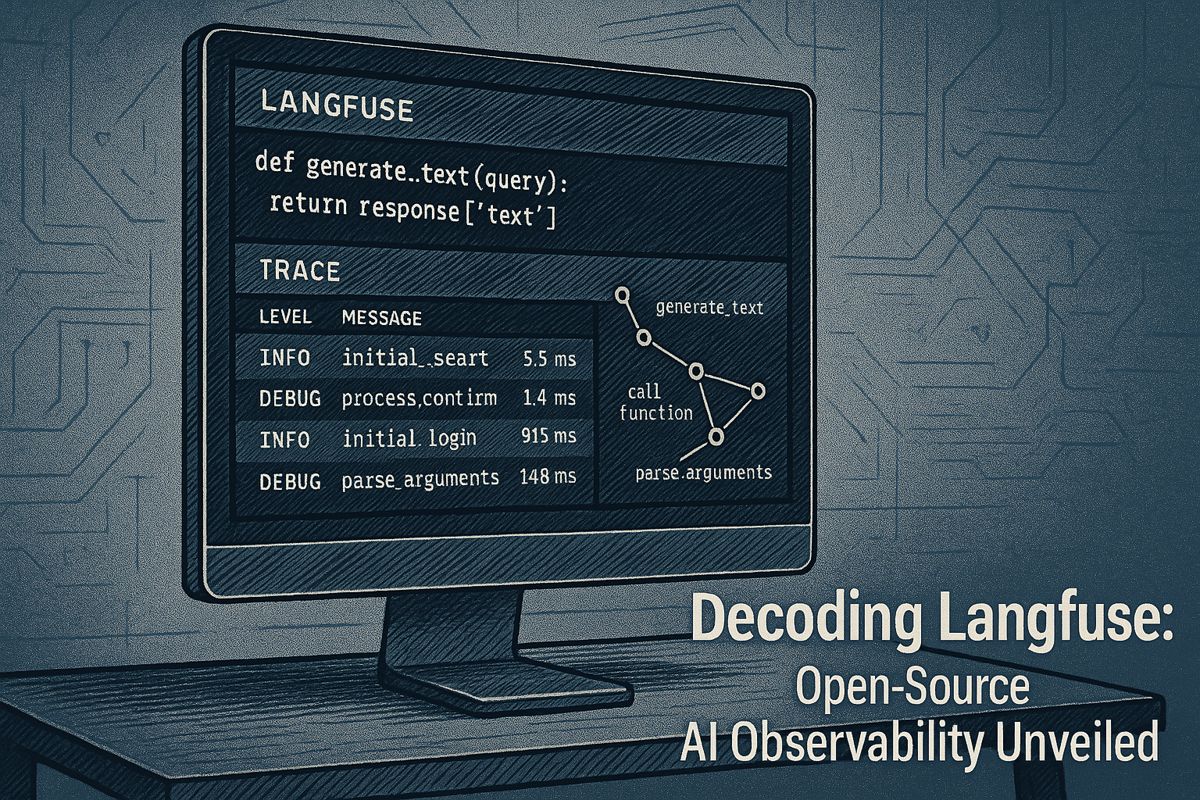The text highlights that for companies in regulated industries to use AI safely, they must have strong information architecture (IA) with good data, clear labels, and solid tracking of where information comes from. Without this, AI can cause big problems like fines or unreliable results. Real examples show that fixing data systems first makes AI work better and safer. The message is clear: you can’t have good, safe AI without first building a strong foundation of organized, traceable information.
What must regulated enterprises do to scale AI safely and meet compliance requirements?
Regulated enterprises must prioritize robust information architecture (IA), including high-quality metadata, consistent taxonomies, and traceable data lineage. Without strong IA, AI models risk compliance failures, regulatory fines, and unreliable outcomes. Ensuring IA maturity is essential for safe, explainable, and scalable AI deployments.
On August 20, 2025, C-suites, compliance officers and data architects from global financial-services and healthcare giants will log in to a no-fee 90-minute webinar titled No AI Without IA: How Regulated Enterprises Can Scale AI Safely and Intelligently. The premise is blunt: if your information architecture is broken, every AI model you ship is an unguided missile inside a regulatory minefield. Below is what attendees – and any enterprise still drafting its 2025 AI roadmap – need to know.
Why Regulated Sectors Are Hitting an AI Wall
| Driver | 2025 Snapshot |
|---|---|
| Active AI pilots in financial services | >80 % of firms (Coherent Solutions survey) |
| Pilots stuck at PoC stage | 63 % cite “data quality or lineage issues” as the #1 blocker |
| Healthcare AI tools approved by FDA (cumulative, 2025) | 692 devices; 41 % were recalled or flagged for traceability gaps |
| Average regulatory fine per AI mis-step (US/EU) | $14.2 M (PwC enforcement tracker) |
The pattern is clear. Regulators now demand:
- Explainability logs – every automated decision must be reconstructed second-by-second
- Biometric & privacy consent audits – new Texas HB 149 and California CPRA amendments raise the bar
- Model drift evidence – continuous proof that the algorithm still meets its original risk appetite
Each requirement maps directly to an underlying IA capability: metadata rigour, taxonomy consistency and end-to-end data lineage.
The Three Pillars the Webinar Will Drill Into
1. Start With IA, Not the Model
Earley Information Science case study: a top-10 US bank halted a $30 M fraud-detection rollout because 40 % of historical transaction labels turned out to be inconsistent across branches. After twelve weeks of IA remediation (standardising product codes, fixing metadata schemas and adding a governance layer) the same model passed regulatory validation and cut false positives by 28 %. Key takeaway – model performance followed IA maturity, not the other way around.
2. Design for Context, Not Volume
In healthcare, a radiology consortium deployed 14 imaging-AI tools in 2023-24. The three tools that scaled to 50+ hospitals all shared one trait: their training data used a shared DICOM metadata profile and SNOMED-CT* * labels. This allowed each hospital to re-train on local scans without breaking traceability**. Result: audit-ready models and zero patient-safety incidents after 1.4 M reads.
3. Treat AI as a Toolbox Under Governance
The webinar’s framework breaks AI techniques into four archetypes:
| Technique | Must-have IA Scaffold | Sample Use Case |
|---|---|---|
| Supervised classification | Rights-ready labelled datasets | Credit-risk scoring |
| NLP transformers | Unified document taxonomy | MiFID II report generation |
| Time-series forecasting | Event-stream lineage | Liquidity risk alerts |
| Graph neural networks | Entity-resolution master data | KYC/AML networks |
Quick Readiness Checklist You Can Apply Today
- [ ] Data Catalog Coverage: ≥90 % of datasets have machine-readable metadata
- [ ] Lineage Completeness: Can trace any AI output back to source systems in <30 minutes
- [ ] Regulatory Mapping: Every field used by AI is tagged to its governing regulation (GDPR Art. 9, SEC 17a-4, HIPAA, etc.)
- [ ] Stakeholder Access: Compliance officers can query the same metadata layer as data scientists without SQL
The 20 August session will walk through templates for each item above and give attendees access to an open-source maturity scorecard used by Gartner Digital Workplace Summit participants last March.
Registration & Replay
The event is free, but seats are limited to 500 due to interactive break-outs. Reserve here; a 48-hour replay link will be sent to all registrants.
In short, for regulated enterprises the 2025 mandate is no longer “Can we build the model?” but rather “Can our information architecture vouch for every prediction it makes?”
Frequently Asked Questions – No AI Without IA
Everything regulated enterprises want to know before scaling AI on August 20, 2025
What exactly is “IA” and why is it non-negotiable for regulated AI?
IA stands for Information Architecture – the way your data, metadata, taxonomies and content models are structured, governed and made findable. In 2025, AI can’t scale if information is disorganized. Regulated industries (finance, healthcare, government) must prove traceability and auditability of every automated decision. A mature IA is the only practical way to meet GDPR, CCPA, MiFID-II or SEC rules at scale, because it supplies the transparent lineage regulators demand.
How does poor IA increase compliance risk once AI is deployed?
Even tiny errors – mis-classified medical data or an incorrect risk score – can trigger fines or patient harm. Disparate data silos and legacy schemas raise the chance of opaque “black-box” outputs. Without clear metadata and governance, audit trails break, model decisions become inexplicable and regulatory reviews fail. Strong IA prevents these risks by enforcing data consistency, accuracy and explainable outputs before any algorithm runs.
Which best practices will the August 20 event highlight for regulated firms?
- Start with IA, not AI: structure and govern information assets (metadata, taxonomies, content models) before any model training.
- Design for explainability: use consistent naming, versioned datasets and decision logs so every AI recommendation can be traced back to source data.
- Treat AI as a toolbox: pick the right technique (fraud detection, regulatory reporting, NLP document review) but always underpinned by robust, auditable IA.
Are there real-world examples where IA unlocked safe AI at scale?
- Financial services: Banks that first standardized document formats and metadata successfully scaled AI for regulatory reporting and investment compliance – meeting SEC and MiFID-II obligations with full audit trails.
- Healthcare: Providers using standardized IA frameworks improved patient-record accuracy, enabling safe deployment of diagnostic AI tools while remaining HIPAA-compliant.
What happens after the August 20 session if we need deeper guidance?
The webinar will share links to case studies and a continuing-education community run by AIIM, Gartner and UXPA – groups already hosting follow-up events and toolkits on IA-AI intersection.



















